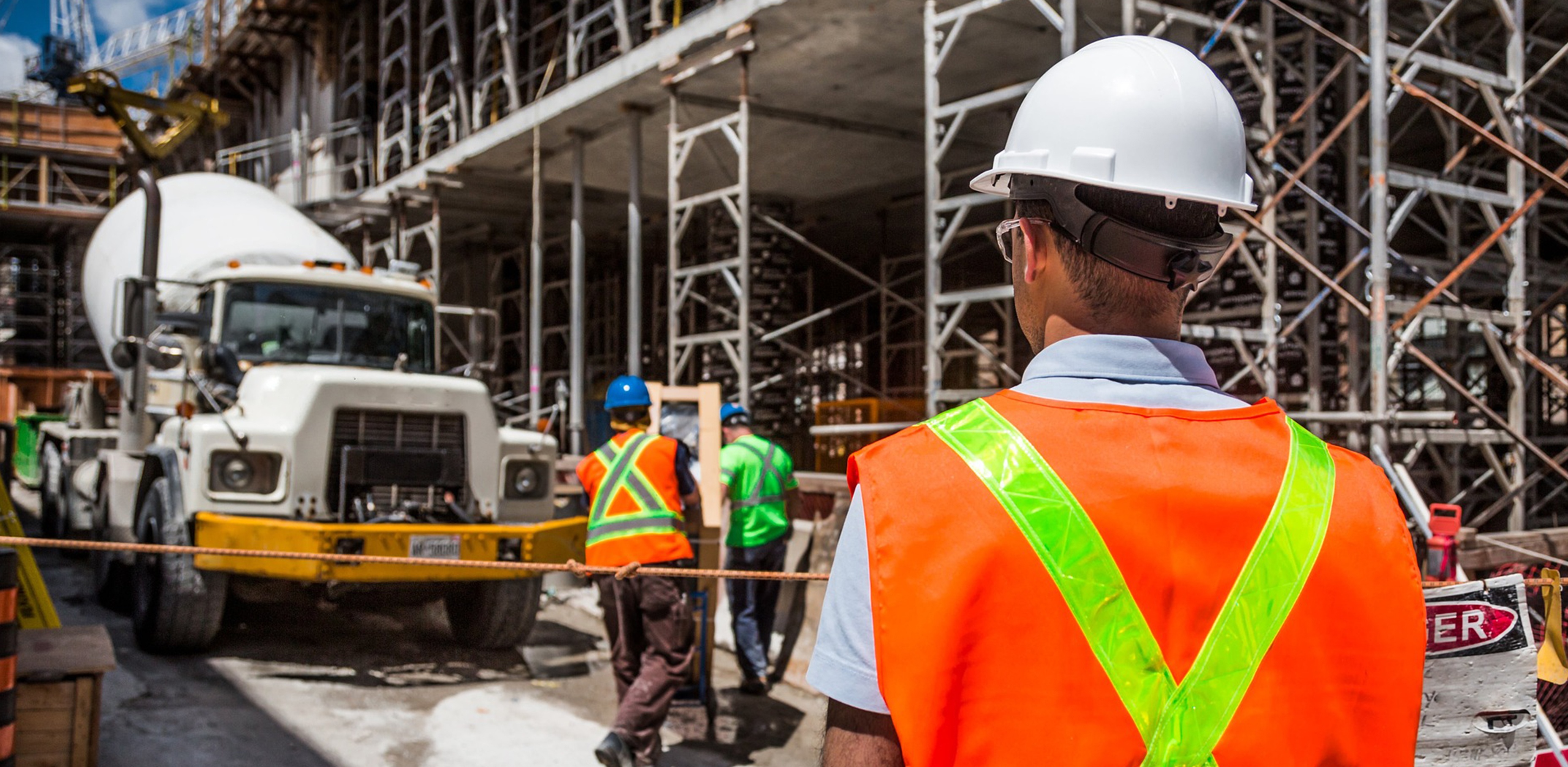Did you know that liquid trim valves can be certified for vapor?
There is often confusion around the required trim and certification when selecting a new safety-relief valve. For example, when there are both vapor relief scenarios and liquid relief scenarios, is a dual-certified PRV required? What about when the service is liquid but the controlling scenario is vapor? In the past, we have recommended “dual-certified” PRVs when there are both liquid and vapor relief scenarios, but these valves can be difficult to obtain or could have long lead times. When might there be alternatives? In this discussion we will look at what liquid trim means and when different trims may be suitable for different relief possibilities.
Read More
Topics:
Did You Know?,
Pressure Relief Valves,
Detailed Engineering,
OSHA,
PRV,
Relief System Design,
Set Pressure,
Vapor Relief Scenarios,
Liquid Relief Scenarios,
liquid trim valves,
dual-certified valves
Did you know, OSHA does not allow block valves on the inlet of relief valves installed on air receivers in compressed air systems?
OSHA CFR 1910.169(b)(3)(ii) states, “No valve of any type shall be placed between the air receiver and its safety valve or valves.”
Read More
Topics:
Did You Know?,
Pressure Relief Valves,
Detailed Engineering,
OSHA,
PRV,
Relief System Design,
Relief Header,
Set Pressure,
Exit Pipe Fitting
Did you know, relief devices that protect process pipe may be set to open above the piping design pressure?
Per ASME B31.3-2016, Sections 322.6.3. (see Figure 1) and 302.2.4 (f) (see Figure 2), a thermal relief valve may be set up to 120% of the design pressure of the protected system with the owner’s approval, as long as, the allowable accumulation criteria in 302.2.4.(f) are met. Set pressures lower than 120% of the design pressure may be required depending on the allowable accumulation pressures in 302.2.4 (f).
Read More
Topics:
Did You Know?,
Pressure Relief Valves,
Detailed Engineering,
PRV,
Relief System Design,
Relief Header,
Set Pressure,
Exit Pipe Fitting
Anyone tasked to start up a unit knows the engineers who designed it rarely miss a thing...
Every bleeder valve is in the right place, spectacle blind turned correctly, and bypass line scrutinized. So why would the flare and relief systems design be any different? The truth is that they are not. Engineering Firms today have perfected the art of throwing waves of engineers on design-build projects. Unfortunately for those engineers, relief and flare system designs are governed by a maze of regulations, codes, standards, and guidelines (collectively known as Recognized and Generally Accepted Good Engineering Practice or RAGAGEP). Experienced Project Managers understand that relief and flare specialists are needed to ensure their projects are safely and properly designed before any construction occurs.
Read More
Topics:
Did You Know?,
Process Safety Management,
Detailed Engineering,
Maintenance Operation Studies,
Relief System Documentation,
Process Safety Optimization
The Opportunity:
A review of the “overpressure protection plan” for a wellhead gathering pipeline found that the potential for “multiple simultaneous well shutdown system failures” had been overlooked. The flowing pressure on the inlet to the well choke valve exceeded the allowable pressure in the gathering system. If multiple well safety systems failed, there would be an unacceptable potential for large-scale loss of containment. A Quantitative Risk Assessment of the entire system was needed to determine if the existing overpressure protection system, as a whole, met corporate and regulatory requirements. Initially, the protection plan suggested additional shutdown hardware and increased testing frequency. Smith & Burgess was hired to review this system.
Read More
Topics:
Detailed Engineering,
Overpressure Protection,
Case Study,
Regulatory Compliance,
Quantitative Risk Assessment,
QRA
The Opportunity:
A major United States refinery was in the process of purchasing a new flare system and needed assistance reviewing the bid package from the vendors. The refinery decided that the system was needed based on the outcome of a facility-wide flare study and flare QRA. The new flare system was specified by an EPC and then bid by a major flare vendor. This refinery heard of Smith & Burgess’ flare design expertise and decided to hire us in order to review their vendor’s design package.
Read More
Topics:
Flare Study,
Detailed Engineering,
Case Study,
Flare System,
Refinery,
Engineering Review
The Opportunity:
After reading about flare header failures due to high velocities, an owner of a production platform in the Middle East wanted to ensure that the initial inerting/purging of the platform and pipeline would not result in flare header piping failure. Smith & Burgess was hired to review the flare systems for safe operation under the high flow rates associated with the initial facility start-up.
Read More
Topics:
Flare Mitigation,
Flare Analysis,
Flare Study,
Detailed Engineering,
Case Study,
Flare System,
Engineering Review,
Flare Management,
Flare Optimization,
Engineering Analysis,
Rate Increase,
API 521



